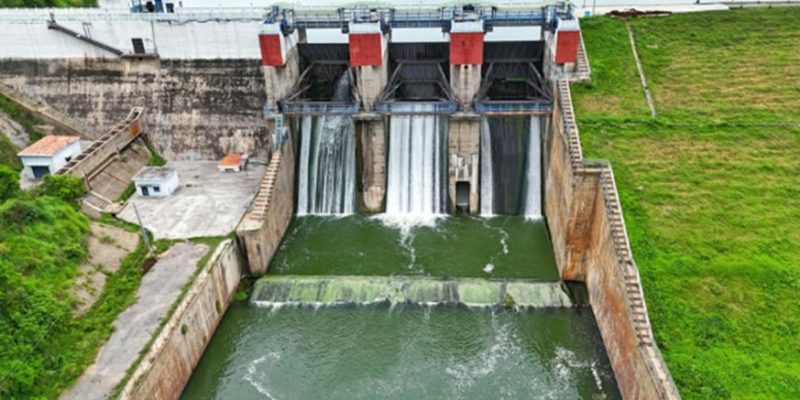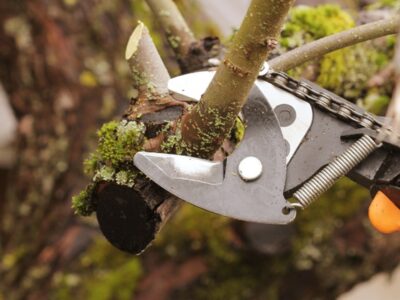Living on a hillside offers scenic views and peaceful surroundings, but it also presents a higher risk of flooding during heavy rainfall. Homes built on slopes often experience uncontrolled water runoff that can lead to foundation issues, basement flooding, and long-term structural damage. One of the most effective defenses against these risks is a professionally installed sump pump system. For homeowners in flood-prone regions, exploring drainage solutions in Sandy Springs within the first 100 words becomes essential for long-term protection and peace of mind.
How Hillside Drainage Affects Flooding
Water always flows downhill, and during storms, that flow becomes intensified on steep terrains. Without proper drainage, the runoff collects around foundations, seeps into basements, and saturates the soil—weakening the structural integrity of a home. In hillside properties, gravity works against you, making it harder for water to naturally disperse. This is where sump pumps become vital, as they actively redirect groundwater away from the property and prevent water from accumulating in vulnerable areas.
Professionally installed sump pumps are designed to operate automatically whenever water reaches a certain level, providing homeowners with peace of mind during even the heaviest storms.
Why Professional Installation Matters
Sump pump systems are not one-size-fits-all. Each hillside property has different gradients, soil types, and runoff patterns. A professional can design a customized solution that includes not only the sump pump but also additional drainage features such as French drains, catch basins, or retaining walls.
It’s also important to understand how broader environmental and legal considerations come into play. Proper flood management isn’t just about preventing basement leaks; it also involves responsible water discharge. That’s why professionals take into account the national pollutant discharge elimination system. While often applied to municipal or commercial sites, these regulations also guide residential drainage systems—especially on sloped terrain where uncontrolled runoff can carry contaminants into public water systems.
Identifying and Resolving Drainage Problems
Even with a sump pump, homes can still face risks if drainage issues aren’t addressed comprehensively. Warning signs include standing water in the yard, musty odors in the basement, or cracks forming in foundation walls. These are indicators of excessive water movement or poor soil drainage, which can compromise sump pump performance.
By evaluating the landscape and existing water flow, professionals can diagnose and correct exterior drainage issues such as clogged downspouts, poor grading, or inadequate discharge lines. Solutions might include repositioning gutters, regrading the yard, or installing underground drainage systems to complement sump pump operations.
Conclusion
Hillside living comes with the responsibility of proactive water management. Sump pumps serve as a crucial line of defense, but their effectiveness depends on strategic planning and proper support systems. From understanding water behavior on sloped terrain to addressing key environmental guidelines, professional intervention is the smartest path forward. Homeowners who invest in expert drainage solutions can protect their property from flooding and avoid costly damage—ensuring safety and stability for years to come. It’s a proactive investment that not only prevents immediate damage but also strengthens your home’s defense against future storms.








Comments